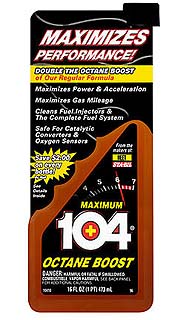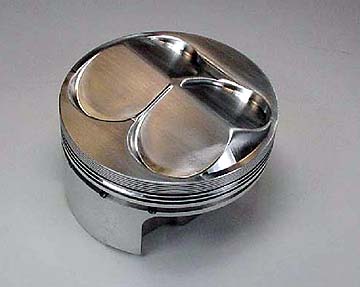Compression Obsession: Making Power When Your Piston Gets Pushy

Your power-obsessed editors have decided to take a closer look at one particular method of tweaking your quad’s powerband for a harder hit and increased low-to-mid power output: Compression.
We all posses some capacity of understanding that the air within our engine’s cylinder becomes squished as the lumbering piston moves up and down in its bore but just what does an engine’s compression ratio tell us anyway?
Compression ratio is the relation between the volume of air in the cylinder (and combustion chamber) when the piston is at the very bottom of its stroke, and the volume of the cylinder when the piston is at the top of its stroke.
The formula and mathematics themselves aren’t as critical as is a simple understanding of what happens as a side effect to a volume of gas that becomes compressed: It gets hot. Known as the adiabatic process, a high compression ratio is always desirable because it allows the engine to extract more mechanical energy from any given mass of air-fuel mixture. So why then don’t we just keep increasing the compression in our engines until every last fuel and air molecule are perfectly atomized? Because increases in compression require increases in the octane of the gasoline the engine can burn.

So what does all of this have to do with you making more power in your ATV? Well on a two-stroke engine, milling the head can easily increase compression; the process of removing a very thin layer of material from the side of the cylinder head where it seals with the cylinder. In doing so, you slightly decrease the volume above the piston at top dead center and hence increasing the compression within the engine.

On a four-stroke, you can increase the compression ratio by using a piston with a higher dome called simply a “high-compression piston”. A high-compression piston typically delivers more torque at the cost of top-end power but some hop-up companies like Pro Circuit manufacturer high-domed pistons designed to work with premium pump gas without the usual drop in top-end performance.

